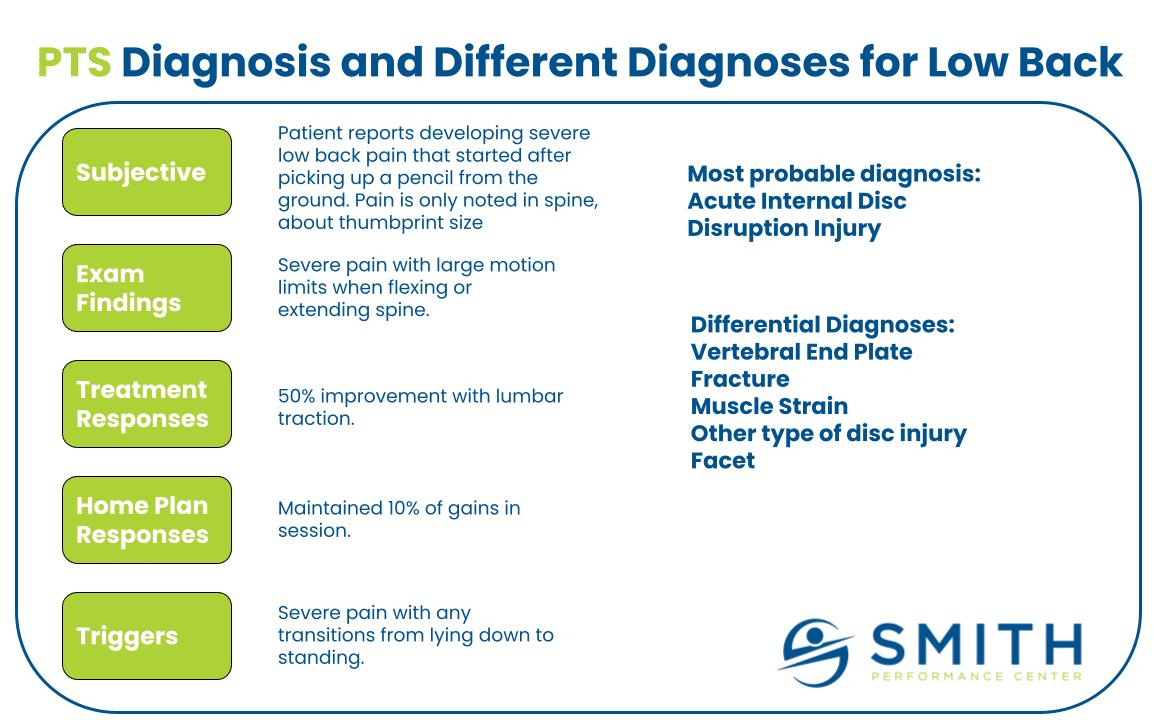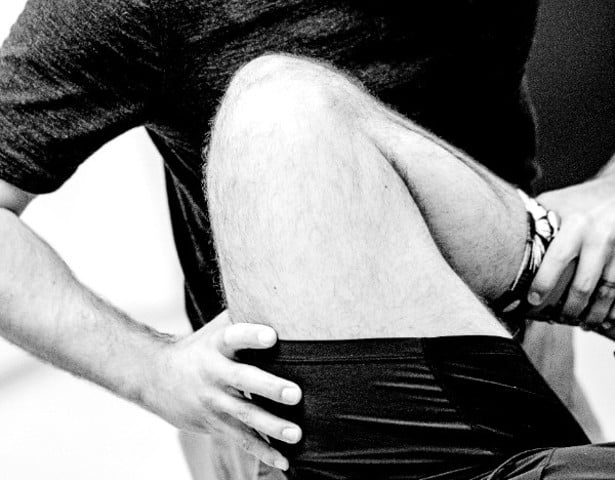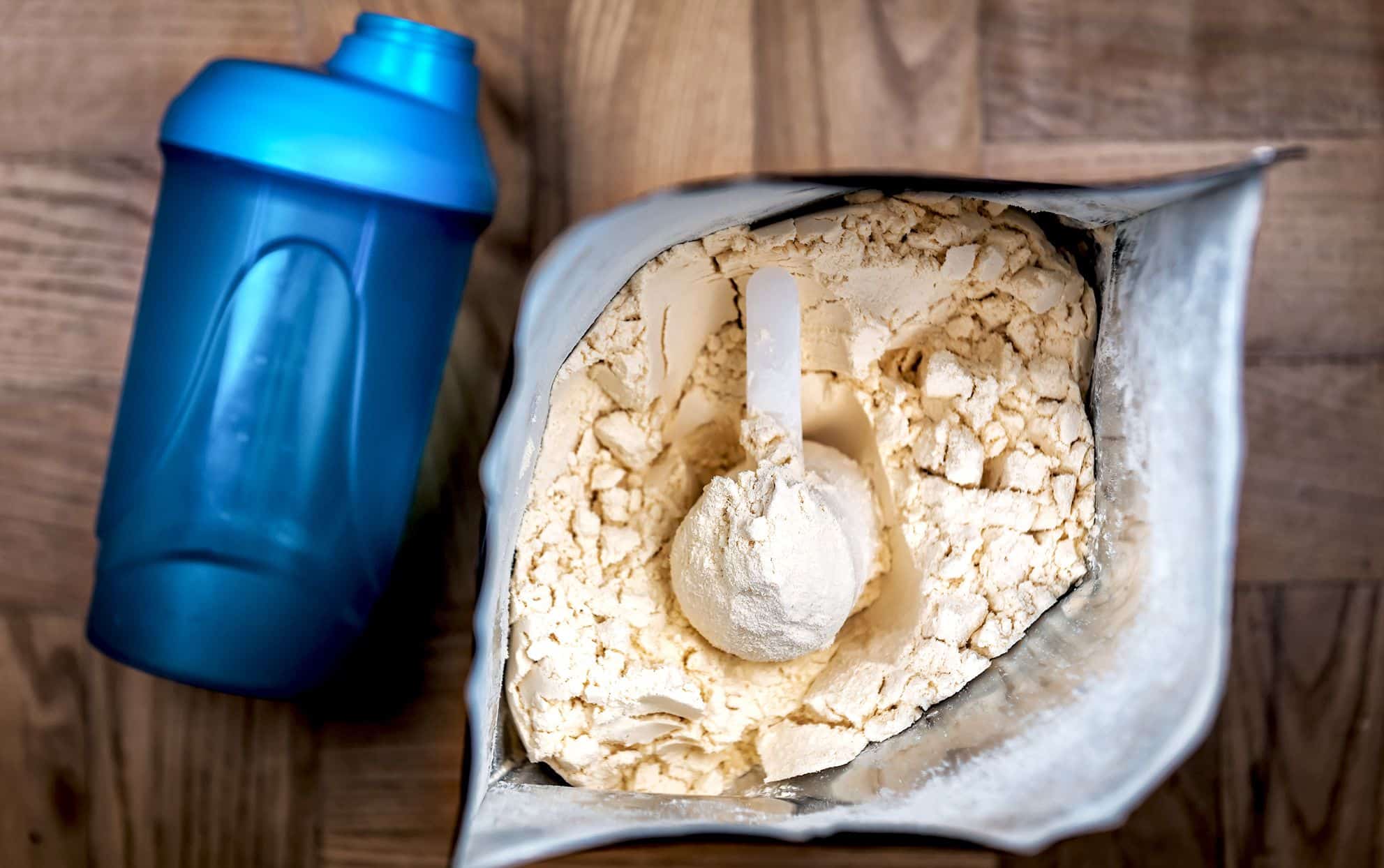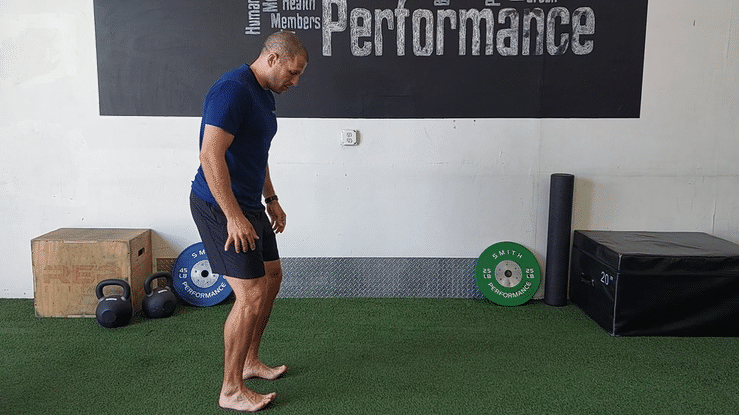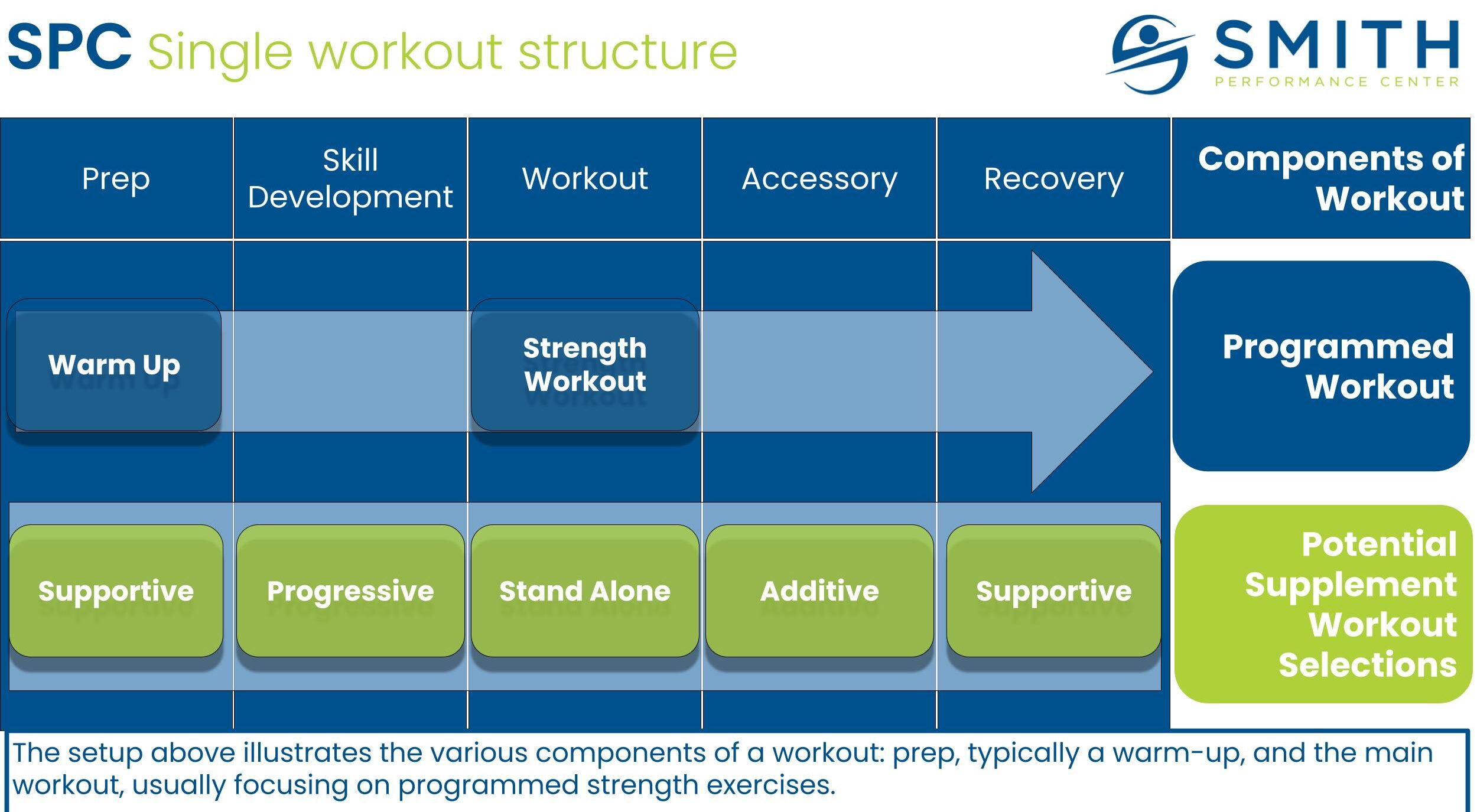Tendonitis, Rotator Cuff Tears, and Shoulder Impingement
Types of injuries leading to rotator cuff pain
Once you understand the anatomy and function of the rotator cuff, you can start to see how they become injured with activity. Refer to understanding the rotator cuff for more information.
Any time you use your arm, your rotator cuff works to control the motion. The muscles are placed under very high demands because of this constant usage. The rotator cuff is also placed under high demands due to the size and weight of the arm, which they are responsible for guiding. Look at the size of these muscles compared to the size of the arm- the mismatch between them is clear. Constant usage combined with high demands will increase the likelihood of injury for any muscle or tendon. Combine this with weakness, poor technique, or poor recovery, and the likelihood is even higher.
Below is a quick method of figuring out what is your injury.
How do the anatomy and function of the rotator cuff impact physical therapy?
What is my rotator cuff injury?
How long till my rotator cuff injury is better?
Question #1: Is your neck causing shoulder pain?
Question #2. Which Rotator Cuff muscle is involved?
Interpreting Resistive Testing of the Rotator Cuff
If you are following along, the video asked you to do the following:
Resisted pulling away (external rotation) – Infraspinatus and Teres Minor
Resisted pushing toward stomach (internal rotation) – Subscapularis
Resisted elbow away from the body (abduction) – Supraspinatus
Resisted elbow toward the body (adduction) – Teres Minor
Resisted elbow flexion – Bicep
Resisted elbow extension – Tricep
Specific Pathologies of the Rotator Cuff
Listed below are common results of excessively high demands placed on the shoulder.
Rotator cuff tendonitis
Rotator cuff tendinitis is the initial injury of the rotator cuff. This is caused by a level of activity (acute or chronic) that overloads the rotator cuff. The tendons enter an inflammatory process when they are overworked. If they are given a chance to recover properly, they will heal quickly and return to their normal function. This is the normal cycle of injury and recovery.
Rotator cuff tendinopathy/tendinosis
In cases where the rotator cuff muscles become inflamed, but are unable to fully recover, they enter tendinosis. Tendinosis refers to a weakened and degenerated tendon. This is caused by attempted healing which is repeatedly disrupted. The disruption comes from performing a painful activity during the tissue healing process. This creates more injury and inflammation. Over time the tendons become a disorganized mixture of normal collagen and collagen in various stages of healing (tendons are primarily made of collagen). This causes them to lose some of their normal strength and resiliency, which translates to pain and decreased strength/performance.
Partial thickness rotator cuff tears
As tendinitis and tendinosis progress, the strength of the tendon becomes compromised. With continued overuse and failed recovery, the tendons may start to fray, and partial tears emerge. This can happen quickly within a short window of intense activity, but typically the progression is a slow one over years of repetitive usage.
Full-thickness rotator cuff tears
A full-thickness rotator cuff tear can be viewed as the culmination of the original tendinitis/tendinosis. This is where the tendon finally fails and tears completely. Full-thickness rotator cuff tears may also occur as the result of a trauma, most commonly a fall, or an activity that places a very high load on the rotator cuff (like a heavy weight overhead).
Question #3. Do you have a shoulder impingement?
Shoulder Impingement
Shoulder impingement occurs when the rotator cuff muscles come into contact with structures surrounding the shoulder joint. Most commonly, this occurs between the tendon of the supraspinatus and the acromion (which forms a bony arch above the tendon). There is less than 1cm of space between these two structures- If the tendon comes into contact with the arch above it repeatedly, the friction from rubbing on it will create irritation and inflammation. This will then place the tendon into the cycle of tendinitis and tendinosis.
*Supraspinatus is the most susceptible to impingement, but other variations exist:
*Subscapularis may be pinched against the coracoid process of the scapula.
*Supraspinatus, infraspinatus, or teres minor may be impinged in the throwing position, as they are dragged over the back edge of the glenoid.
Other articles on the shoulder
Physical Therapy Solutions for Shoulder Pain
How do the anatomy and function of the rotator cuff impact physical therapy?
What is my rotator cuff injury?
How long till my rotator cuff injury is better?
Why is everything causing my shoulder pain?
Physical Therapy Exercises
Partner and Self Traction
Bracing, Taping, and Training Aids


